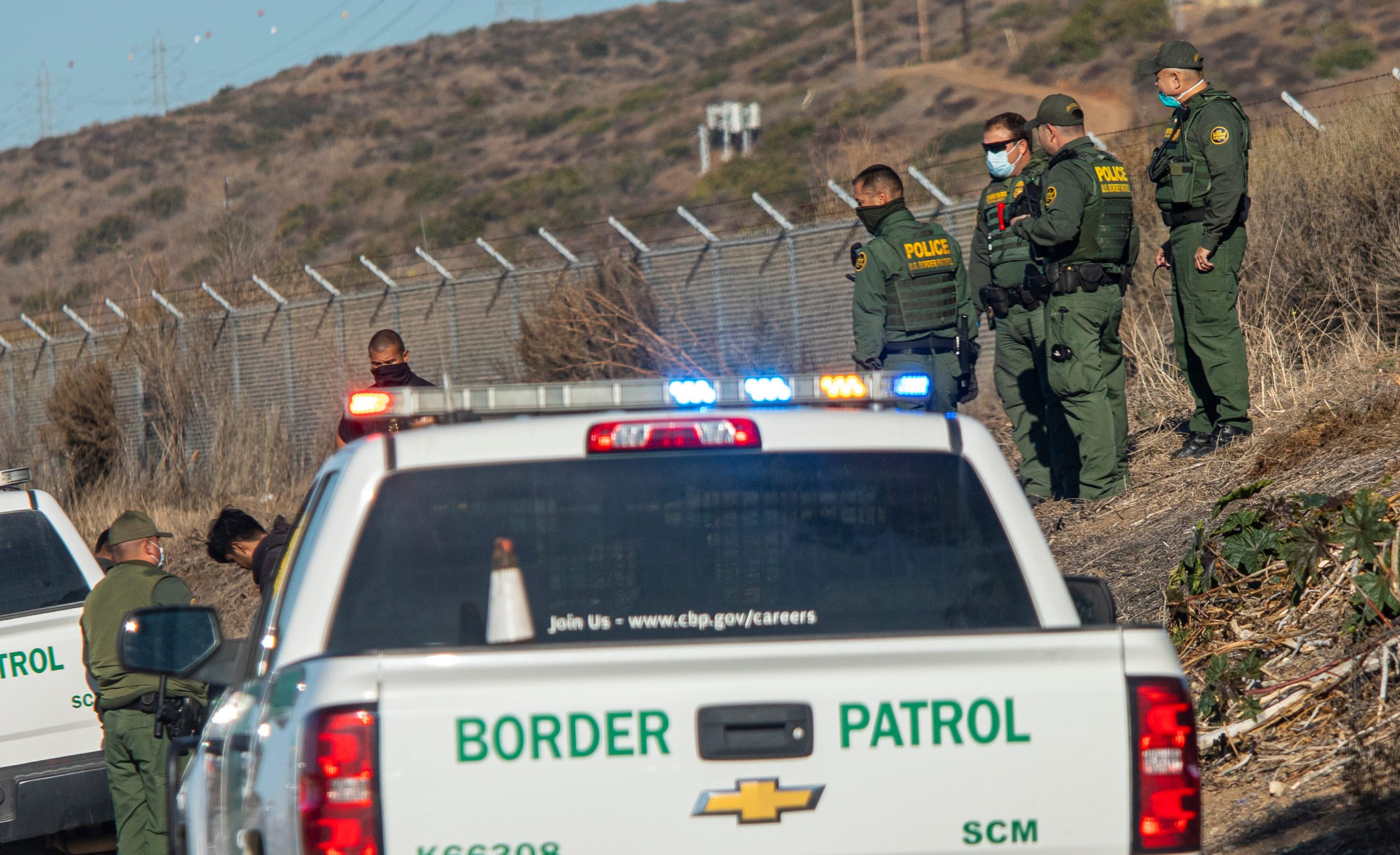According to United States Customs and Border Protection, unlawful border crossings are up over 69% from last year.
Often, unaccompanied children, large groups, or families make the journey across the border; however, single adults represent the largest demographic of unlawful migrants crossing the border. The entry of single adults entering the United States has increased more than 75% from last year. More family units are also arriving, up 29.7%, and unaccompanied minors increased by 27.5%.
Currently, the most significant influxes of illegal border crossings are in Yuma, Arizona, a small city of around 95,000 people between Phoenix, Arizona, and San Diego, California. In recent years, Yuma’s resources have been stretched to their limits by streams of unlawful migrants entering the country via the Yuma Gap.
Located just southwest of Yuma, the Yuma Gap is situated where Arizona, California, and Mexico join at the Colorado River.
The Yuma Gap has a reputation among asylum seekers for providing an easy path into the United States. The gap is attractive because the area has no fence or barrier and stands surrounded by open agricultural fields. When the Colorado River is very low, crossing through the gap is much easier.
“I heard this place was tranquil and easy to get across,” said Davis Ornelas, who traveled from Venezuela with his young daughter to unlawfully enter the U.S. through the Yuma Gap. “I got to Mexico yesterday and came straight here.”
After Ornelas and his daughter crossed the border, they waited two hours for Border Patrol agents to pick them up, intending to be processed and seek asylum in the U.S.
“I want to go live with my sisters and my mother; I want to give my daughter a better future and a chance to be happy with her family,” he said.
Border Patrol has been overwhelmed with the flow of individuals crossing into Yuma. In December 2021, Arizona Governor Doug Ducey called up National Guard troops to handle the sudden escalation of unlawful migrants arriving through the Yuma Gap.
“This is a tragic situation, a humanitarian crisis,” said Yuma County Supervisor Jonathan Lines. “I’m not pointing fingers at anyone, but we could sure use some federal assistance. The processing center is overwhelmed. They can’t keep up.”
Lines also runs the area’s food bank, bringing food to the unlawful migrants as they await Border Patrol’s arrival and subsequent transport to a processing center.
“I’ve spoken to people who haven’t eaten in three days, and this is not a safe area,” he said. “Yesterday, after we delivered some food the night before, several of the groups we were assisting were held up at gunpoint from across the border; they crossed the border and threatened them at gunpoint, so not necessarily a safe area.”
Del Rio, Texas, has also stretched its resources to the limit while dealing with an increase in unlawful migrants entering the U.S.
Del Rio is a remote border town, home to about 35,000 citizens. In January 2022, Border Patrol saw 30,733 asylum seekers come through the Del Rio sector, nearly one asylum seeker for every citizen of Del Rio.
Texas Governor Greg Abbott deployed 10,000 State Troopers and Texas National Guardsmen to Del Rio to handle the sudden flow of unlawful migrants. However, Del Rio officials say it is not enough.
“At the end of the day, a lot of it is a BandAid on a gunshot wound if you can’t stop the flow and the federal government refused to turn people away,” said U.S. Rep. Chip Roy, a Republican representing Austin and San Antonio. “We’ve got to have a serious conversation about Texas turning people away.”






